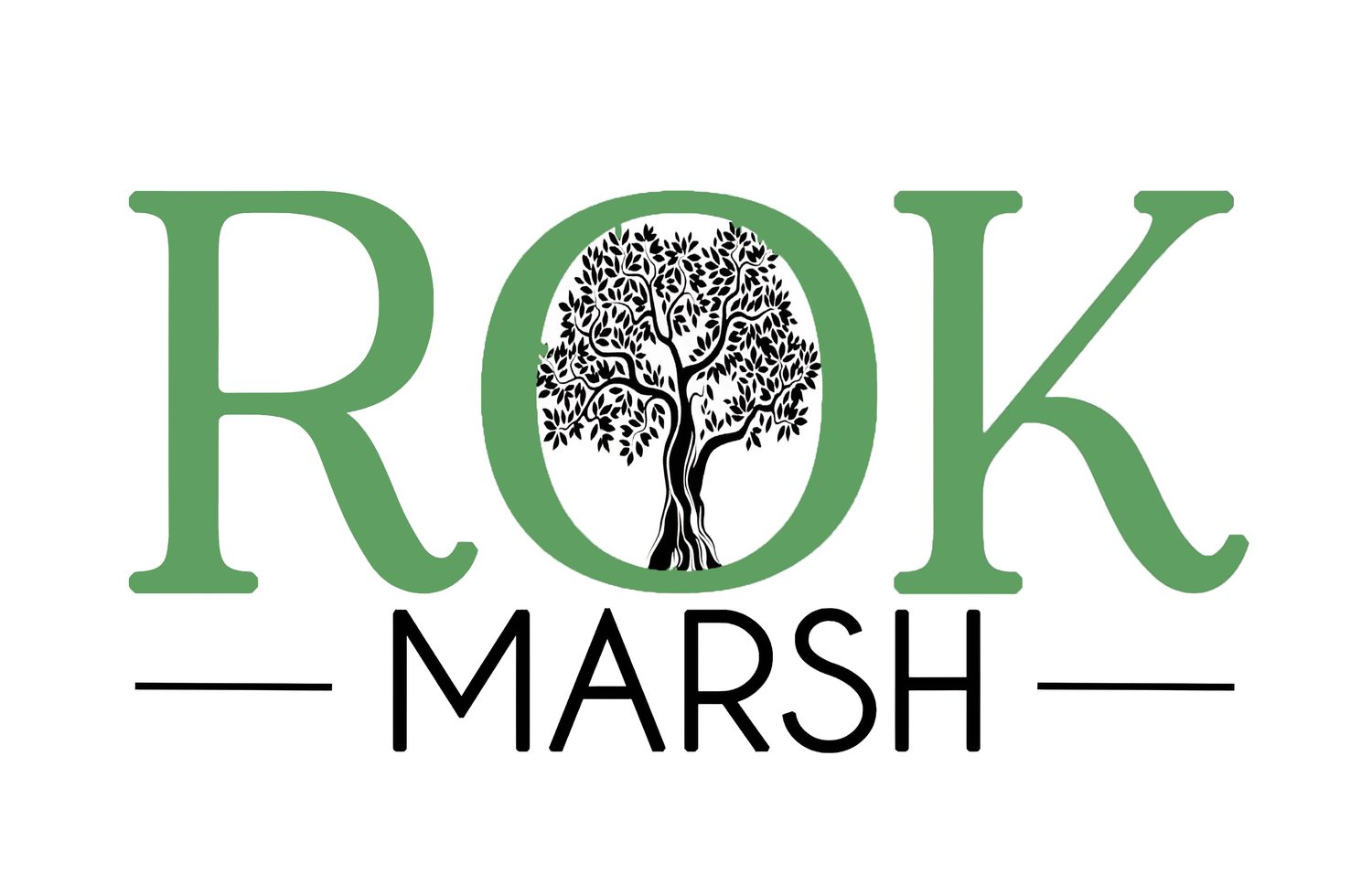Show your true colours
Do you ever think you’ve missed a trick? There you are, working away, and you come across someone being paid to do a job that stops you in your tracks and you say ‘how did they wangle that one?’. A food critic for example. Being paid to go to top restaurants and then write about the food. Or a professional sleeper. Yes, really! Usually helping with research, but some test beds! This week I wondered why on earth I’m not a colour namer. You know, that person who comes up with all the weird and wonderful names for paint colours. Here are a few of my favourites:
Refreshment Stand, Sweatpants, Three Legs, Silent Witness, Ferdinand, Buckskin Chaps and Snugglepuss. Yes, they’re all real names. Here are some others. Buttercream Plum, Supermarket Floor, String Vest, Bertram and Fly Away Hair. The last five weren’t real by the way. I just made them up. Could you tell?
But back to reality. Choosing colours for your home is not an easy task. Lots of people tell me that they are not confident using colour or they don’t know how to colour match or use complimentary colours. It is an area of design that people are very often flummoxed by, regardless of the confusing names of the paints. Part of my job as a designer is to establish exactly what people mean when they say they are ‘no good with colour’. Does that mean choosing from the abundance of options out there? Or do they have trouble seeing how a colour might look in their mind’s eye? Or maybe the client is actually colour blind and so confidence at selecting the right hues becomes even more of a challenge.
Once that is established, we can begin to consider other important factors.
Decide what mood you want to create in a room. As a designer, I can apply colour psychology as a tool to help create the emotional response to a design. What the client needs to describe is how they want to room to make them feel. Relaxed or energised? Warm or soothed and calm? Deciding on the overall ‘feel’ of the space really assists in those colour choices for walls, fabrics and furnishings.
Which way does the room face? The amount of natural light in a space will have a bearing on the colour choices and end results. In a room with an abundance of natural light, the choices are far wider than a room that receives little light. Once upon a time, a naturally darker room would have dictated using lighter colours to create as much brightness as possible, but recent years have seen designs adopt the snug and cosy look where the lack of light is embraced by use of darker colours. It’s all down to client preference but a designer can help with the ultimate decision making.
Bright neutrals create light in this north facing bedroom. The south facing dining room can take a cooler colour yet remain warm looking.
Unless you are going for a monochrome look (which when carried out well can look stunning), the combination of colours should be used carefully. As designer, I can help clients create that balanced look. If walls are bright, let them be the feature and use a more neutral palette in the rest of the space. If walls are painted with muted tones, using bright accents in rugs and soft furnishings will add interest and richness. Having said that, if you love bright, jewel-coloured interiors, with colour on walls and in furnishings and accessories then go for it! Rules are there to be broken after all.
Always use colour testers. A colour can look wonderful on a chart or colour sample but until that paint goes up on your wall, you never know quite how it’s going to look. Limit your test colours. Any more than five and you will just end up very confused. If you can narrow it down to three, all the better! Some test pots do seem pricey but it really is worth the outlay to avoid costly mistakes. And you can always use the left overs for touch ups or for painting picture frames, storage boxes or shelves. And if you need help choosing, I can assist.
Finally, when we talk about the colour of a room, we naturally tend to think of wall colour and whether we want to achieve our desired look with paper or paint. But there are so many other ways to add colour. Using throws on furniture or brightly coloured cushions. A new rug or curtains. Even smaller accessories can bring a splash of colour and interest. A new, bright vase (charity shops often have a great range!) and a bunch of fresh flowers can work wonders without splashing the cash.
So don’t be afraid to be creative with the tones, hues and tints in your home. Get hold of the designer’s favourite tool, a colour wheel, and work out some colour schemes. And if you struggle to decide, or it’s all too confusing, get in touch! I’ll guide you through the process and help you create that perfect space. And I promise not to recommend Dead Salmon or Arsenic.
Emma x
A link to the best places to see nature’s autumn’s colours in the UK:
https://www.countryliving.com/uk/wildlife/countryside/g34231699/autumn-colours/
If you are interested in the psychology of colour, this is an interesting article:
https://www.verywellmind.com/color-psychology-2795824
I came across this colour guide from Bristol, 1574. They were creative with names even then. Gooseturd Green or Dead Spaniard anyone?


